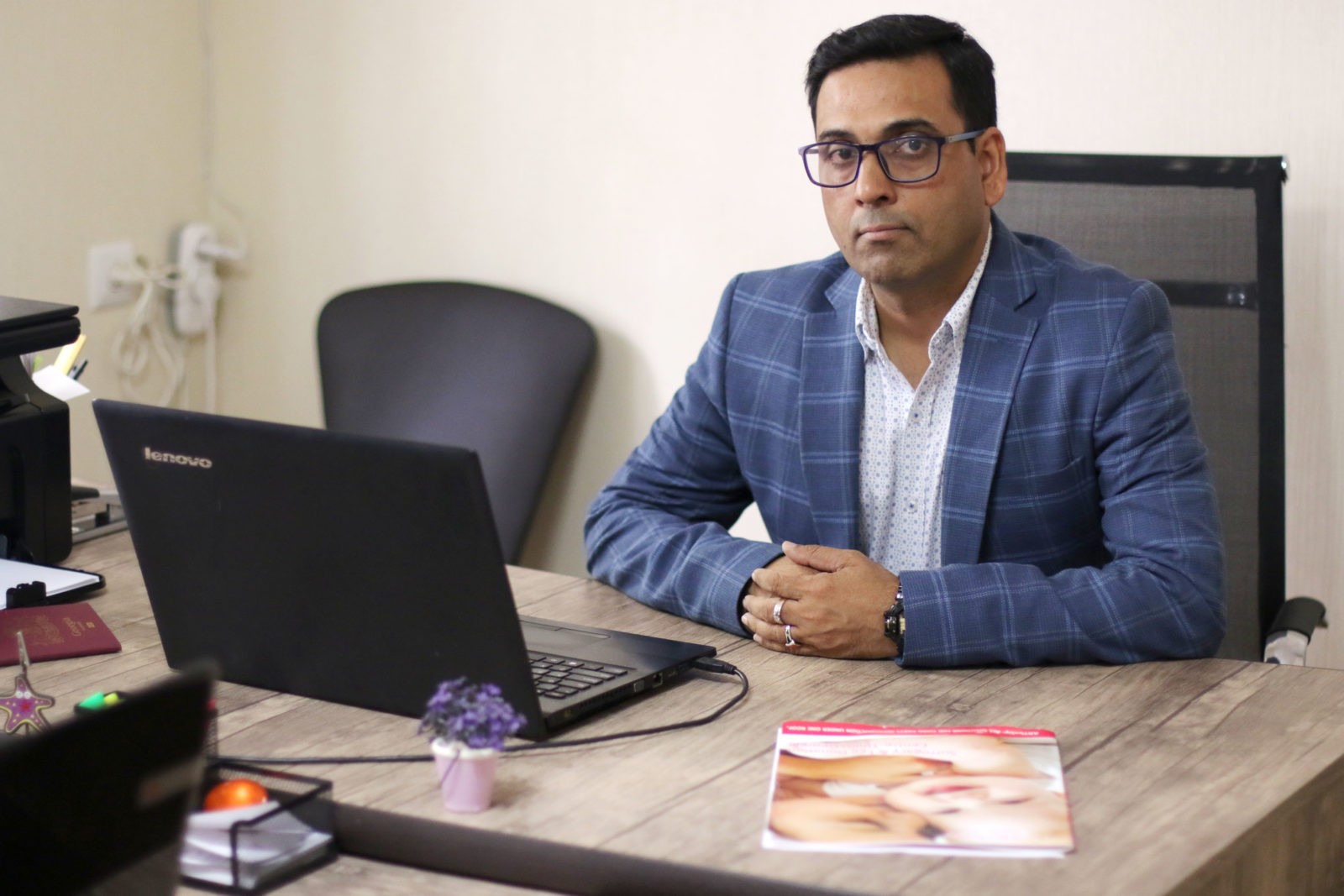Both gamete intrafallopian transfer (GIFT) and zygote intrafallopian transfer (ZIFT) are two personalized versions of In Vitro Fertilization (IVF).
The basic steps of IVF including egg retrieval, laboratory fertilization, embryo transfer are the same in both GIFT and ZIFT, but the only difference is that these processes are faster than IVF.
In IVF, normally the embryo is kept in observation for 3 to 5 days in a laboratory condition before implanting them.
In ZIFT, the fertilized eggs or zygotes are transferred to fallopian tubes within 24 hours
Whereas in GIFT, the only mixing of eggs and sperm is artificially conducted in the laboratory and then inserted into fallopian tubes for further fertilization with the hope of one of the eggs will be fertilized.
Difference between zift and gift
Both GIFT and ZIFT process is quite similar to the natural conception and these IVF alternative techniques also give successful result in case of repeated failure of the IVF cycle.
But instead of GIFT and ZIFT, IVF is the more preferred choice, as IVF is considered as a more refined technique than both GIFT and ZIFT.
In addition, both GIFT and ZIFT require surgical intervention, but IVF does not.
Which fertility issues can be solved by GIFT and ZIFT treatment?
In the case of egg production ability is diminished in the female partner, but her male partner able to produce good quality sperm, then with taking help from donor eggs, then GIFT can be an option.
Both GIFT and ZIFT can be applied in most infertility treatments if the fallopian tube of the female partner is intact.
Both of these techniques can also be used in case of mild male infertility.
Details of gamete intrafallopian transfer (GIFT)
At the initial phase of GIFT treatment, a hormonal injection administered for ovarian stimulation to stimulate egg production, and then fertility medications are prescribed for the maturation of the egg.
Then eggs and sperms are collected and immediately place into the fallopian tubes by conducting an abdominal laparoscopic surgery.
This procedure is conducted under general anesthesia, but the patient need not stay prolong hospitalization.
If everything is favorable, then at least one egg will be fertilized with sperm and travel from the fallopian tube to the uterus for further development.
It is uncertain that the process becomes successful, as there is no chance to oversee the fertilization process.
Moreover, the multiple birth risk is maximum in GIFT, as more amount of eggs are placed into the fallopian tube.
Usually, GIFT is conducted in setup, where the IVF process is possible, and in case of GIFT failure, IVF is an alternative option to treat fertility.
Details of zygote intrafallopian transfer (ZIFT)
The initial steps of ZIFT treatment are the same as GIFT, but after collecting both eggs and sperm, they fertilized in a laboratory setup.
After the formation of a zygote or embryo, immediately (within 24 hours) place them to the fallopian tube through laparoscopic surgery.
The risk of multiple births is less in ZIFT than GIFT, as fertilization is confirmed in ZIFT and less number zygote placed into the fallopian tubes.
The expense of GIFT and ZIFT
Both GIFT and ZIFT is a costly medical procedure.
Average expense lies between $15,000 and $20,000 per cycle.
However, this cost is not fixed, as this varies from place to place, medication requires, the number of attempted cycles, the insurance company has a clause for payment, etc.
However, some insurance companies do not liable to pay for fertility treatment.

Ravi Sharma is a self-motivated, successful entrepreneur and has a solid experience in the fertility segment. and he is the director at ARTbaby Global (ARThealthcare). He is a pharmacy graduate with post-graduation in business administration and has 14 years of rich experience in the field of infertility segment. He loves to write about IVF, Surrogacy, and other ART (assisted reproductive technology) news, issues, and updates. He is a Pharmacy graduate (B. Pharm) and M.B.A (marketing).
His most recent success includes the successful launch of the medical tourism company, ARTbaby, which offers treatment options for infertility, egg donation, and surrogacy. He likes spending time with his family and writing about various aspects of IVF surrogacy and donating eggs.
